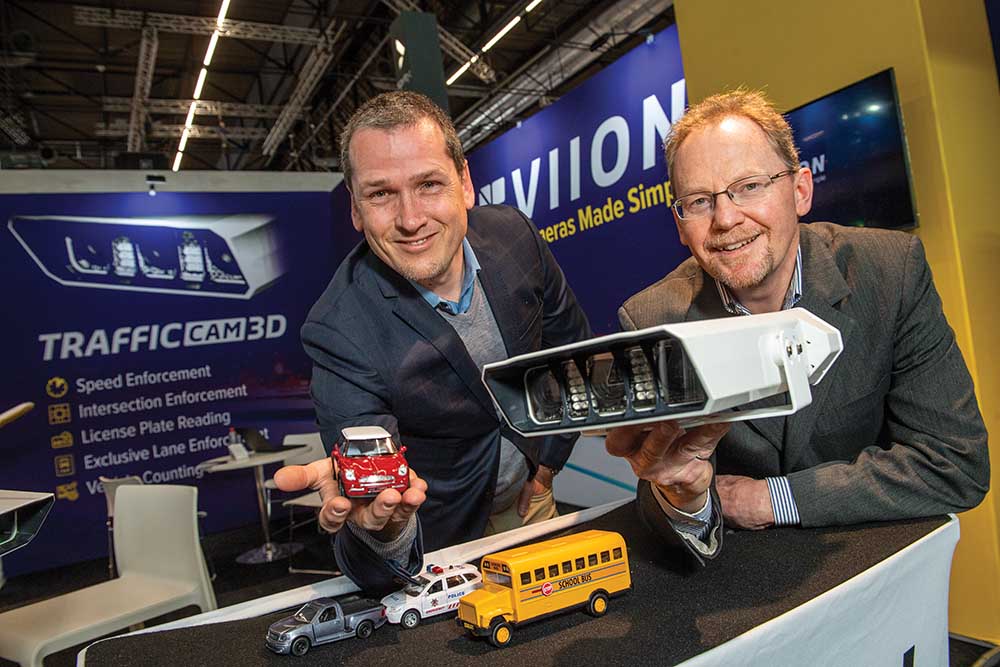
The camera can detect a range of traffic offences, including seatbelt detection, HOV lane occupancy and advanced vehicle classification. In the seatbelt detection mode, for example, if a driver or passenger is seen not to be wearing a belt, a fine is automatically prepared.
The system is built around Viion’s existing TrafficCam 3D model. While cameras have used AI before, said Viion’s president, Michael Kelly, the AI element has always previously been housed in external ‘back of house’ servers, with the imagery needing to be transmitted to a control centre for processing.
The advantage of having AI within the camera is scalability, said Kelly. Creating a large network of hundreds, or even thousands, of cameras needs a huge amount of processing power to handle all the data feeds arriving simultaneously. Installing AI within the camera means that “You don’t need a supercomputer or huge bandwidth to deal with it.”
“To our knowledge, it’s the first time this technology has been put in the camera,” said Kelly. Going down this route means that only information that is important – violations – is sent to the control centre.
Stand 05.414









